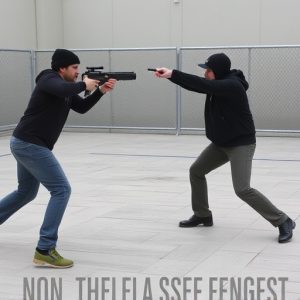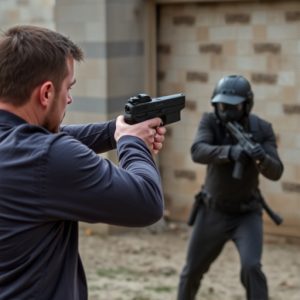Mapping Stun Gun Laws: A State-by-State Guide to Personal Protection
Understanding stun gun regulations is crucial for U.S. residents considering self-defense tools. Law…….
Understanding stun gun regulations is crucial for U.S. residents considering self-defense tools. Laws vary widely from state to state, with some allowing open carry and others enforcing strict permit requirements. This overview emphasizes the importance of aligning stun gun choices with local laws, especially when exploring the Top 10 stun guns for personal protection. Residents should research age limits, registration, and specific carrying rules to ensure compliance and safe ownership. The evolving debate around stun guns may lead to policy shifts, influenced by technological advancements in non-lethal self-defense options.
“Unraveling the legal landscape of stun guns across America, this comprehensive guide offers a detailed look at state-specific regulations. From understanding the intricacies of stun gun ownership to uncovering the top 10 states with liberal laws for personal safety, we navigate the complexities. We also explore regions with stringent restrictions and delve into factors shaping legality.
For stun gun enthusiasts, our ‘State-Specific Guidelines’ section provides a deep dive into possession rules. Plus, stay tuned for insights on future trends, ensuring you’re informed about the evolving legal status of self-defense tools, including the top 10 options for personal protection.”
- Understanding Stun Gun Regulations: A Comprehensive Overview
- Top 10 States with Liberal Stun Gun Laws for Personal Protection
- Exploring Restrictions: States with Strict Stun Gun Legislation
- Key Factors Determining Stun Gun Legality
- State-Specific Guidelines: A Deep Dive into Stun Gun Possession
- Future Trends and Changes in Stun Gun Legal Restrictions
Understanding Stun Gun Regulations: A Comprehensive Overview
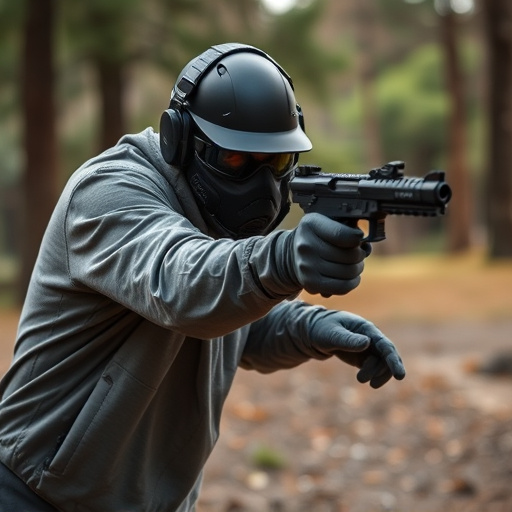
Understanding Stun Gun Regulations: A Comprehensive Overview
In the United States, the legal landscape surrounding stun guns varies significantly from state to state. This diversity in regulations can make it challenging for individuals seeking personal protection to navigate and understand their rights and responsibilities. When considering the purchase of a stun gun, it’s crucial to familiarize yourself with your state’s specific laws, as they dictate permissible use, carry, and storage guidelines. Some states have relatively lenient rules, allowing open carry with minimal restrictions, while others enforce strict regulations, requiring permits or limiting stun guns to home defense only.
The availability and popularity of stun guns have grown over the years, driven in part by concerns for personal safety, especially among women and individuals living alone. This shift has prompted lawmakers to reassess and update laws to address both public safety and individual rights. For those looking to acquire a stun gun, exploring the Top 10 stun guns for personal protection can provide valuable insights into effective self-defense tools. However, it’s not enough to simply choose a device; understanding your state’s legal framework is essential to ensure compliance and responsible ownership.
Top 10 States with Liberal Stun Gun Laws for Personal Protection
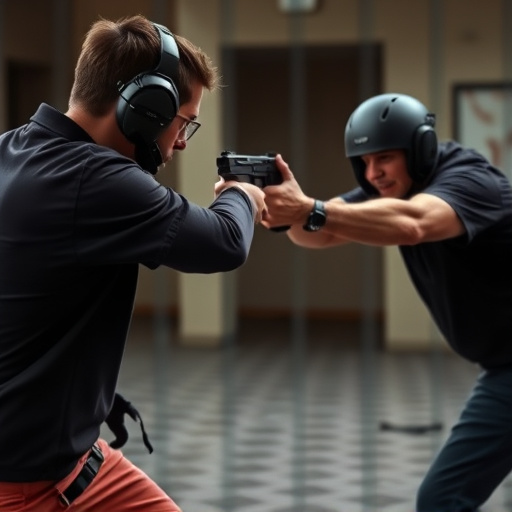
In many parts of the United States, individuals are increasingly turning to stun guns as a means of personal protection. The laws surrounding stun gun ownership and use vary significantly from state to state, with some offering more liberal regulations while others have stringent restrictions. For those prioritizing self-defense, understanding these differences is crucial. This section highlights the top 10 states known for their relatively lenient stun gun laws, providing individuals with greater freedom to protect themselves.
These states typically permit the open carry or concealment of stun guns without a permit, making them popular choices for residents seeking personal safety. The list includes both rural and urban areas, reflecting the diverse needs of Americans across different regions. By examining these top 10 states as examples, individuals can gain insights into where stun gun ownership is more accessible, thereby empowering them to make informed decisions regarding their self-defense strategies in light of local legislation.
Exploring Restrictions: States with Strict Stun Gun Legislation
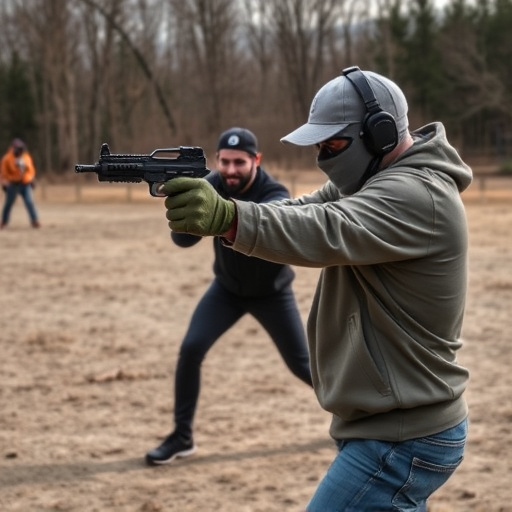
When considering a stun gun as a means of personal protection, understanding the legal landscape across different states is paramount. Exploring restrictions reveals that several states have stringent legislation in place, making possession and use highly regulated. These states often require specific licenses or permits for stun guns, impose age restrictions, and have strict guidelines on where and how they can be carried.
For instance, some states like California and New York have extensive lists of prohibited devices, which may include certain types of stun guns. Others, such as Texas and Florida, allow open carry with permits but have specific rules regarding the device’s voltage and size. When researching Top 10 stun guns for personal protection, it’s crucial to align your choice with local laws to avoid legal complications and ensure you’re prepared should the need arise.
Key Factors Determining Stun Gun Legality
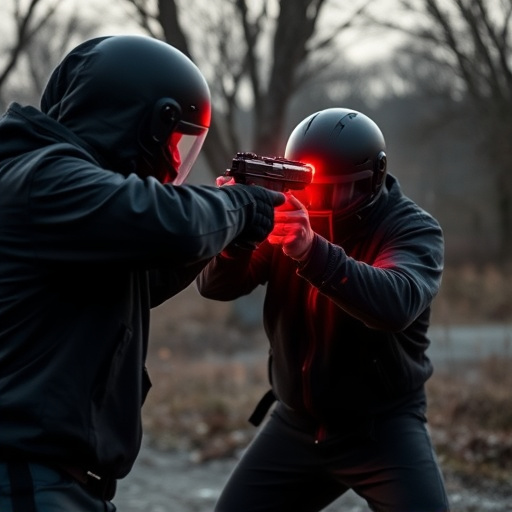
When it comes to determining the legality of stun guns, several key factors come into play, and each state in the US has its own set of regulations. The first consideration is typically the purpose for which the stun gun will be used—personal protection versus professional or law enforcement use. Personal protection stun guns are generally more widely available, but restrictions still vary significantly from state to state.
Another critical factor is the power output of the device. Higher voltage stun guns may be subject to more stringent regulations due to their potential impact on human health and safety. Additionally, states often have specific rules regarding who can purchase and possess a stun gun, age restrictions, and registration requirements. Considering these variables, it’s essential for individuals interested in purchasing a personal protection stun gun from our Top 10 list to research the local laws before making a decision, as the last thing you want is to break any unintentional regulations.
State-Specific Guidelines: A Deep Dive into Stun Gun Possession

In the United States, the legal landscape surrounding stun gun possession varies greatly from state to state, reflecting a complex interplay between public safety and individual rights. Navigating these restrictions is crucial for those seeking effective personal protection tools, especially when considering the Top 10 stun guns for personal protection available in the market. For instance, some states like California have stringent regulations, prohibiting the possession of stun guns without specific licenses or for non-law enforcement purposes. Conversely, states like Texas offer relatively unrestricted access, allowing civilians to carry stun devices openly or concealed with minimal permits.
Understanding these state-specific guidelines is essential for responsible citizens looking to arm themselves for self-defense. The variability in laws means that individuals living in different regions must adapt their strategies for personal protection. For those curious about stun gun acquisition, it’s imperative to research the specific regulations in their respective states, ensuring compliance with local laws. This approach not only fosters a culture of responsible ownership but also ensures access to effective tools when needed most.
Future Trends and Changes in Stun Gun Legal Restrictions
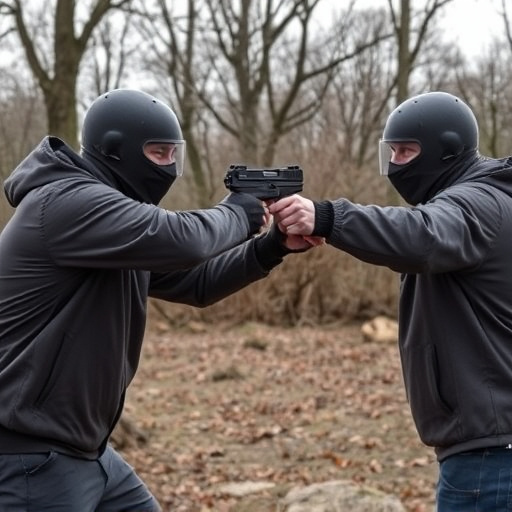
As the debate around stun gun regulation continues, future trends suggest a more nuanced approach to their legal status. With advancements in technology, new stun gun designs offer enhanced safety features and reduced risk of injury, which could influence policy changes. The development of Top 10 stun guns for personal protection, for instance, focuses on non-lethal force, making them attractive alternatives for self-defense.
Legal restrictions may evolve to accommodate these innovations, potentially leading to more widespread acceptance in certain contexts. However, balancing public safety with individual rights will remain a central challenge. As states reevaluate their policies, ongoing discussions and research into stun gun effectiveness and user training could shape future legal landscapes, ensuring that regulations keep pace with technological developments in non-lethal self-defense tools.
Understanding the legal landscape surrounding stun guns is essential for those seeking personal protection. This article has provided a comprehensive overview of stun gun regulations, highlighting the varying restrictions by state. The ‘Top 10 States with Liberal Stun Gun Laws’ offer a compelling starting point for those looking to exercise their right to self-defense, while the exploration of stricter legislation raises important questions about public safety and individual freedoms. Key factors determining legality vary across states, necessitating a deep dive into specific guidelines. As the digital era evolves, so too will stun gun legal restrictions, with potential future trends promising both changes and challenges. Remember that staying informed on these issues is vital for responsible citizens aiming to protect themselves and their communities.
